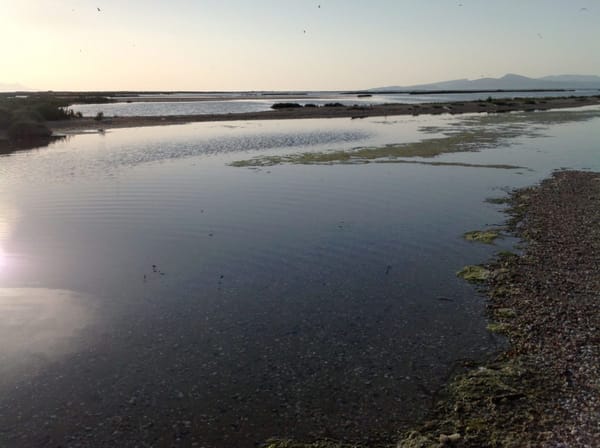The Lost Wetlands of Turkey
Every year around World Wetlands Day on February 2, Turkish news outlets report that the country has lost between 1.3 and 2 million hectares of wetlands since the mid-twentieth century. Since the founding of the Turkish Republic in 1923, over 1.3 million hectares of wetlands have been drained and tr












